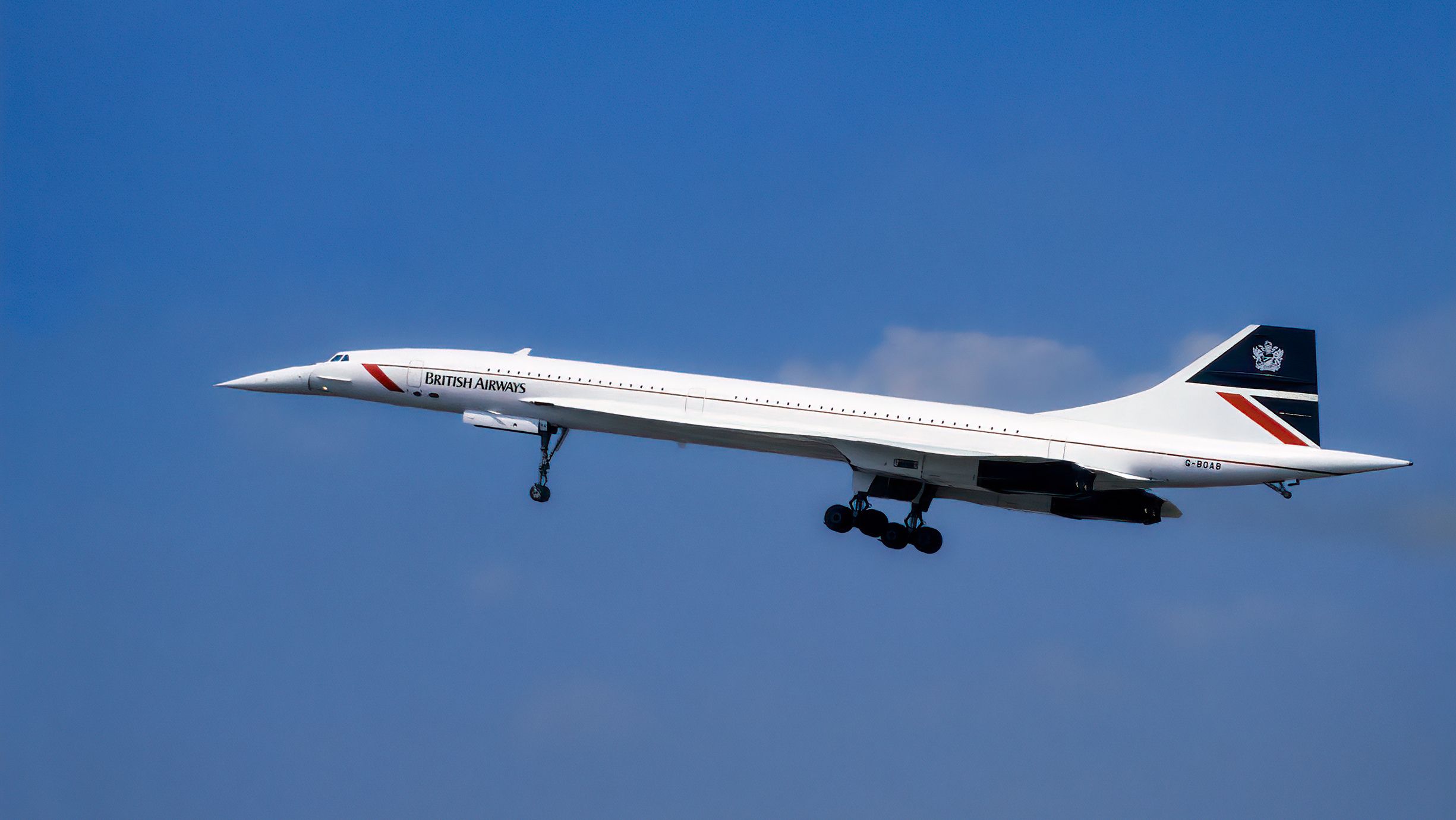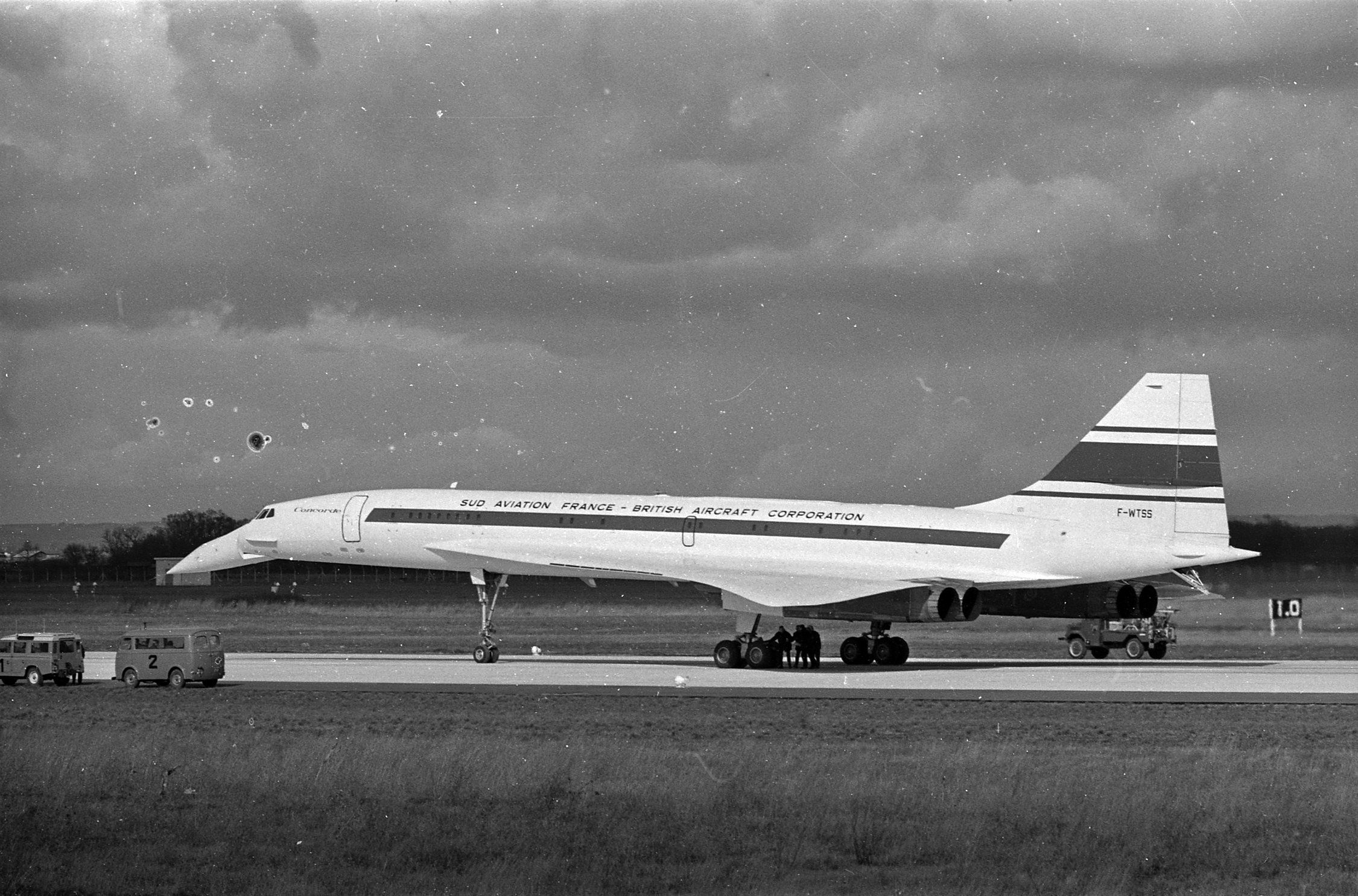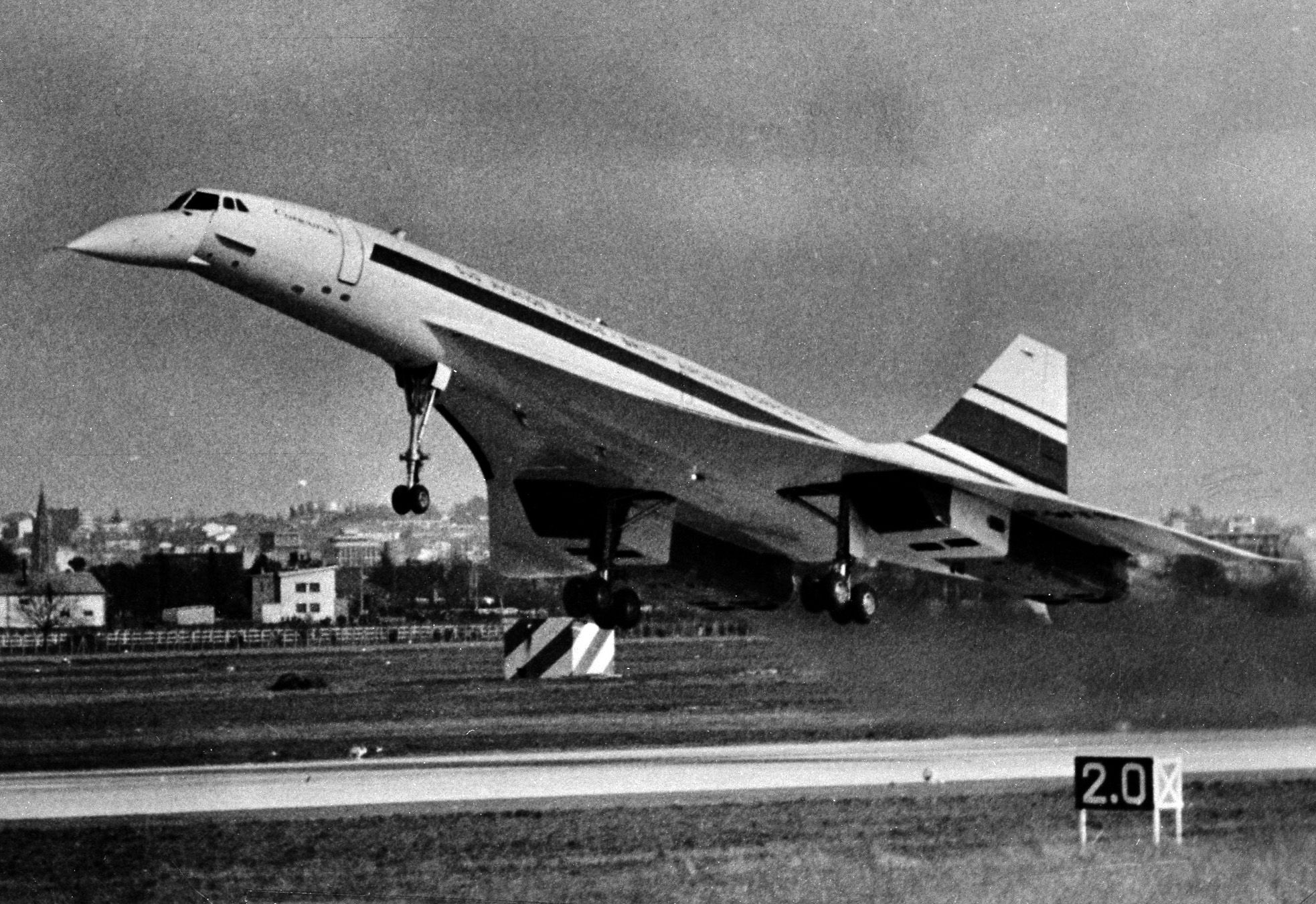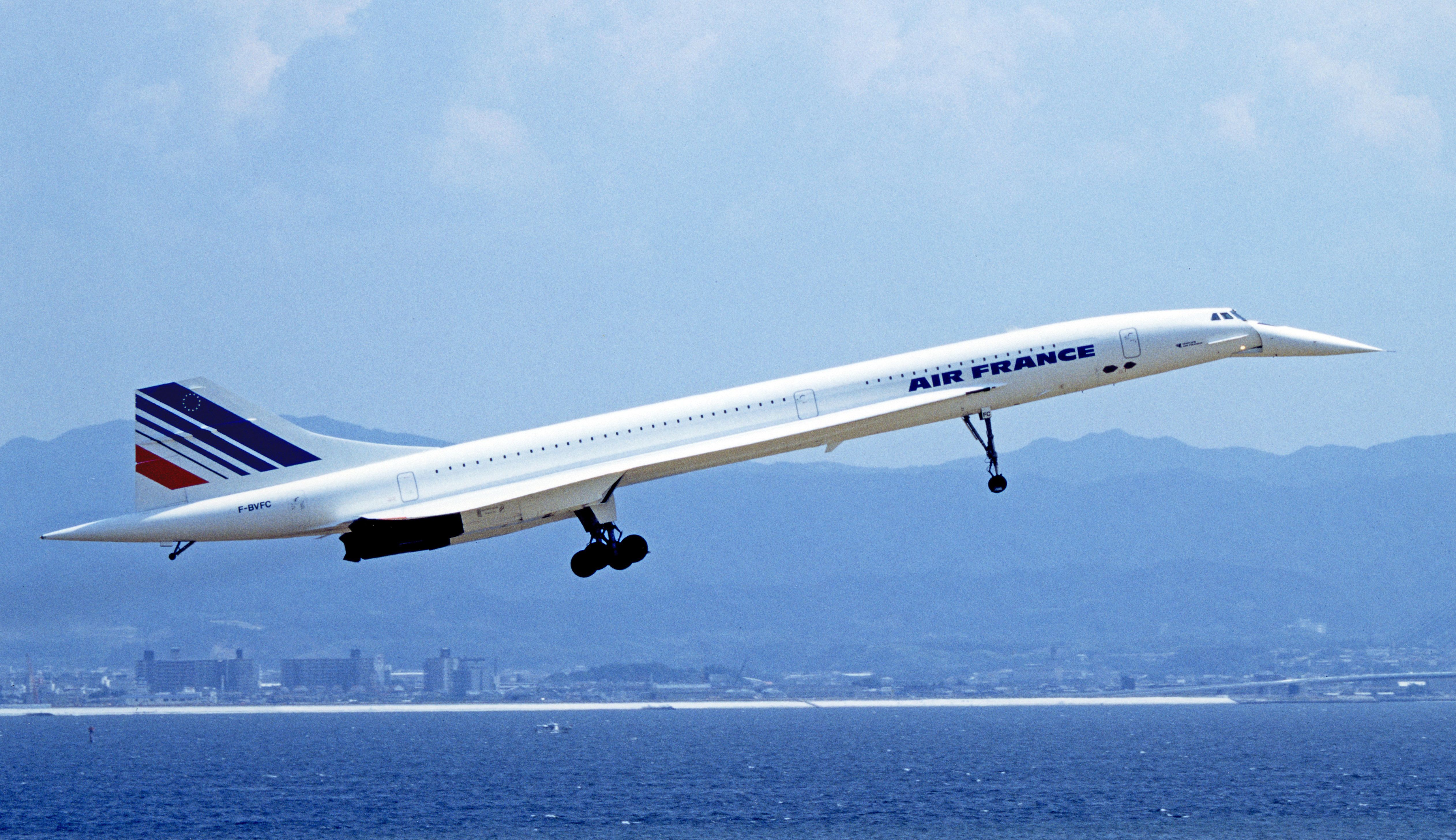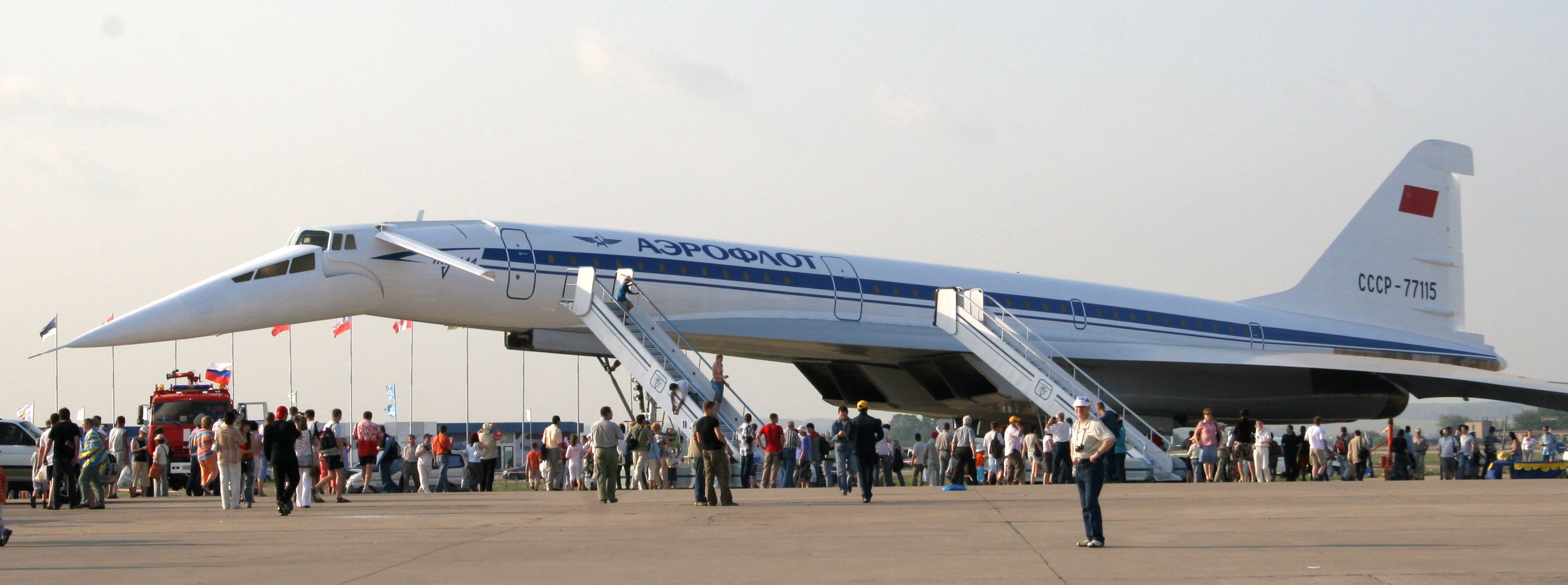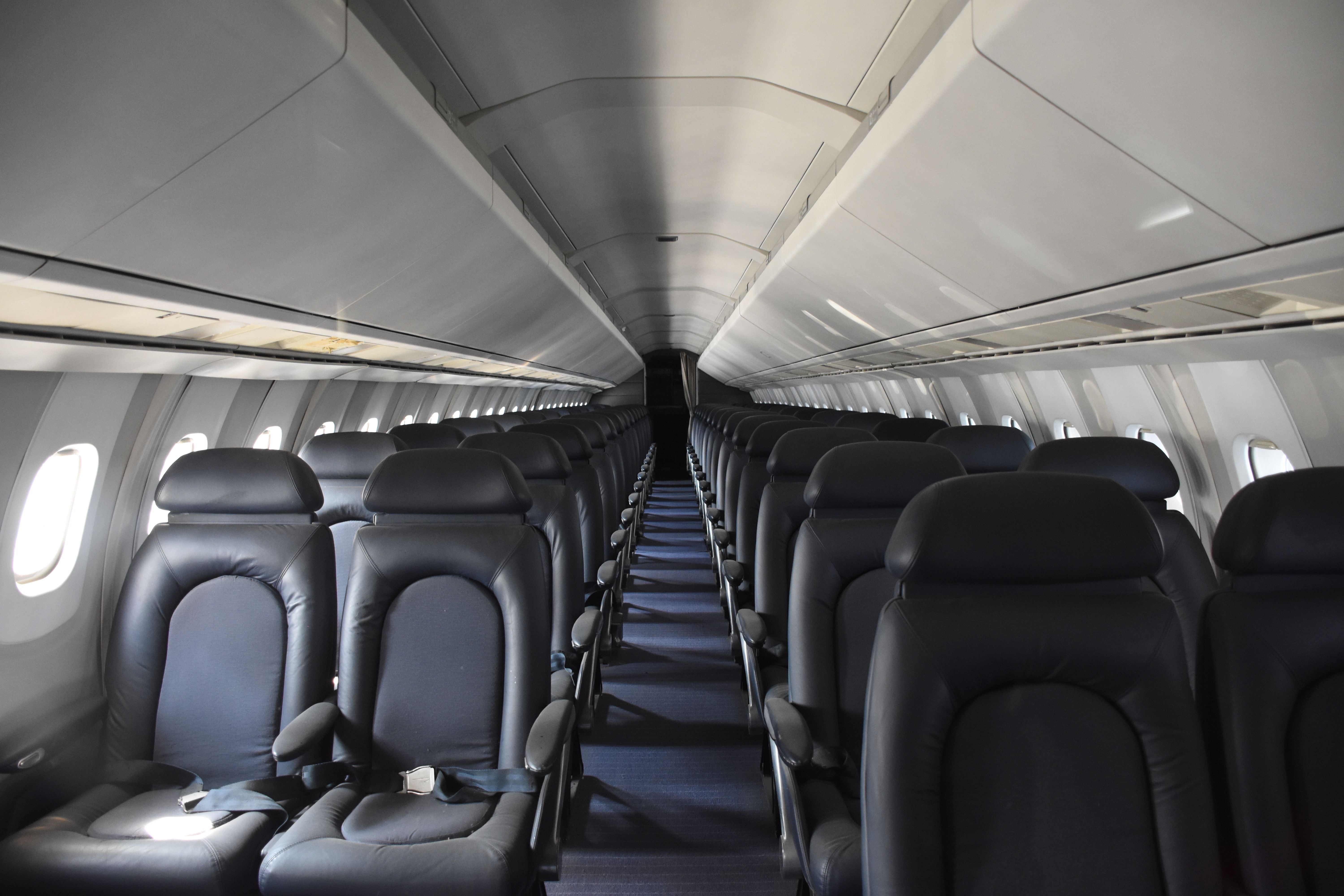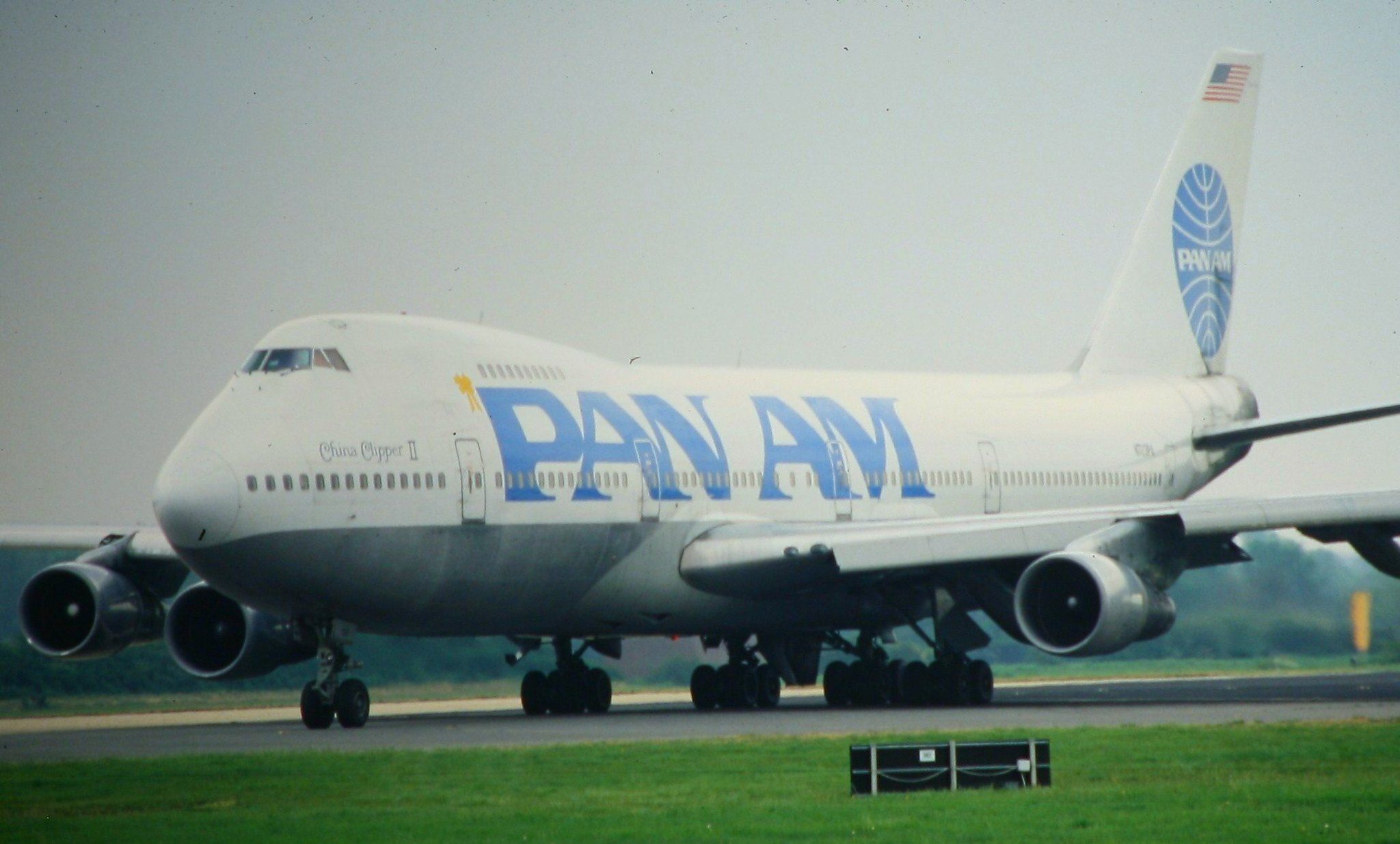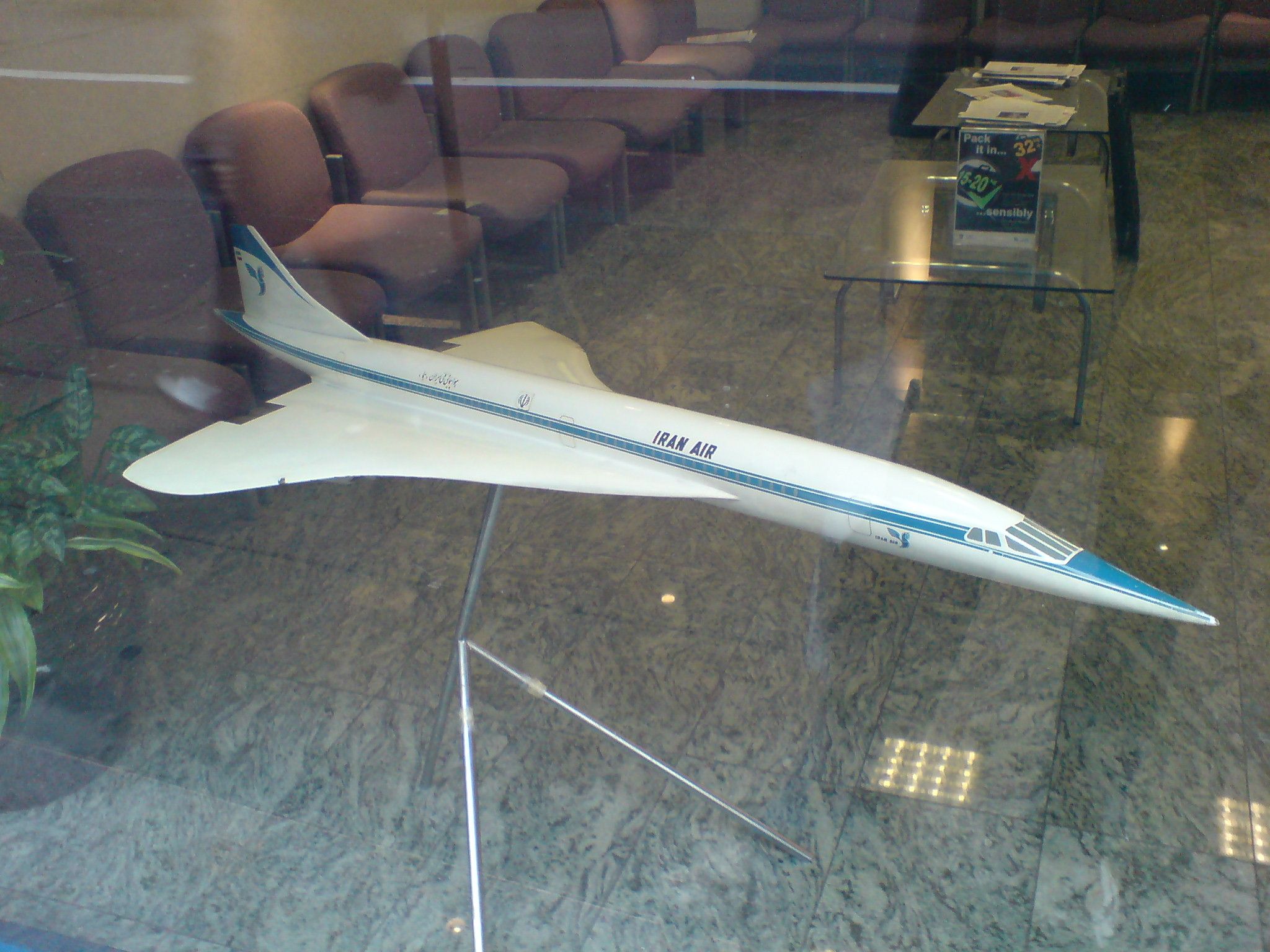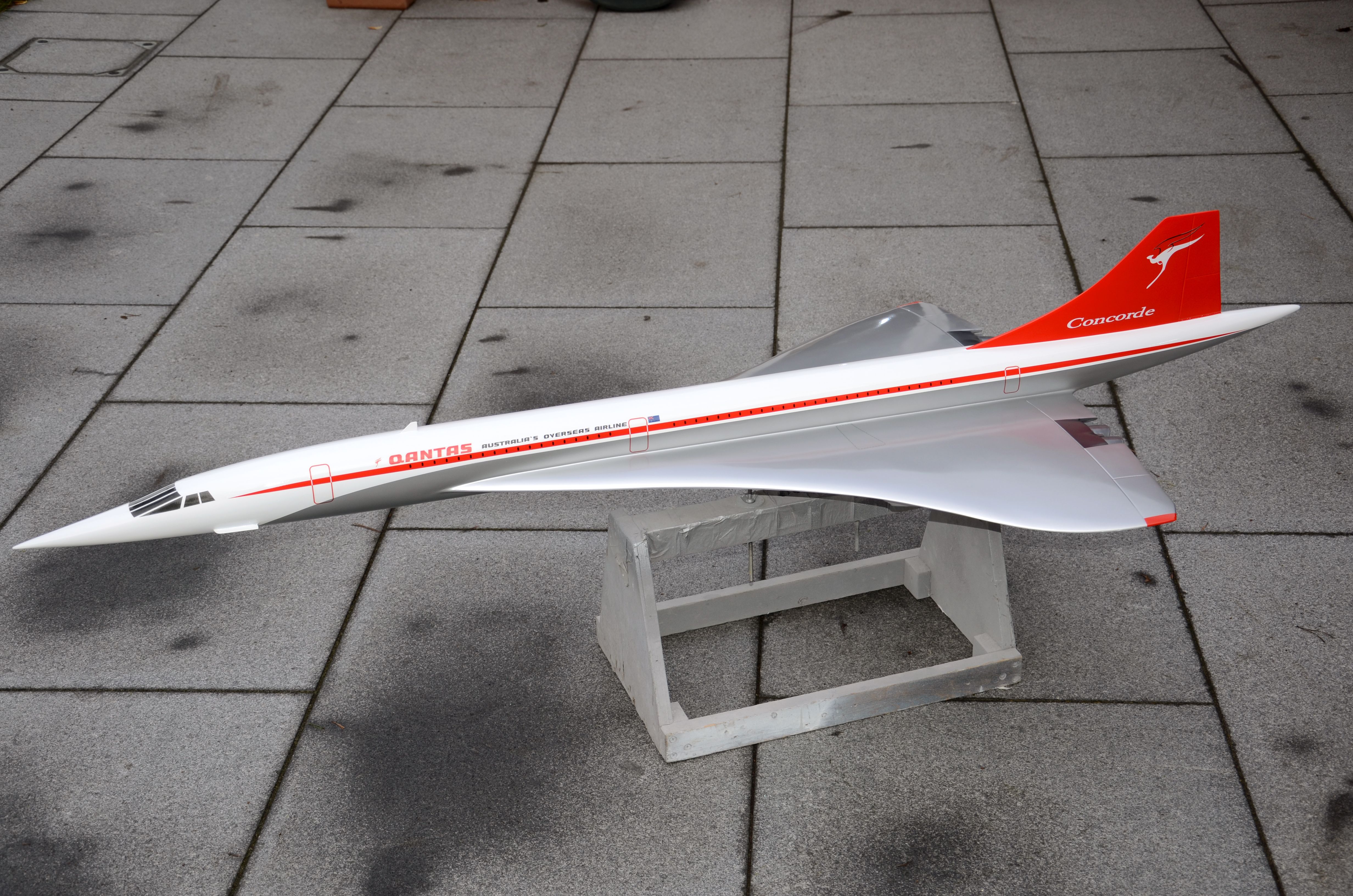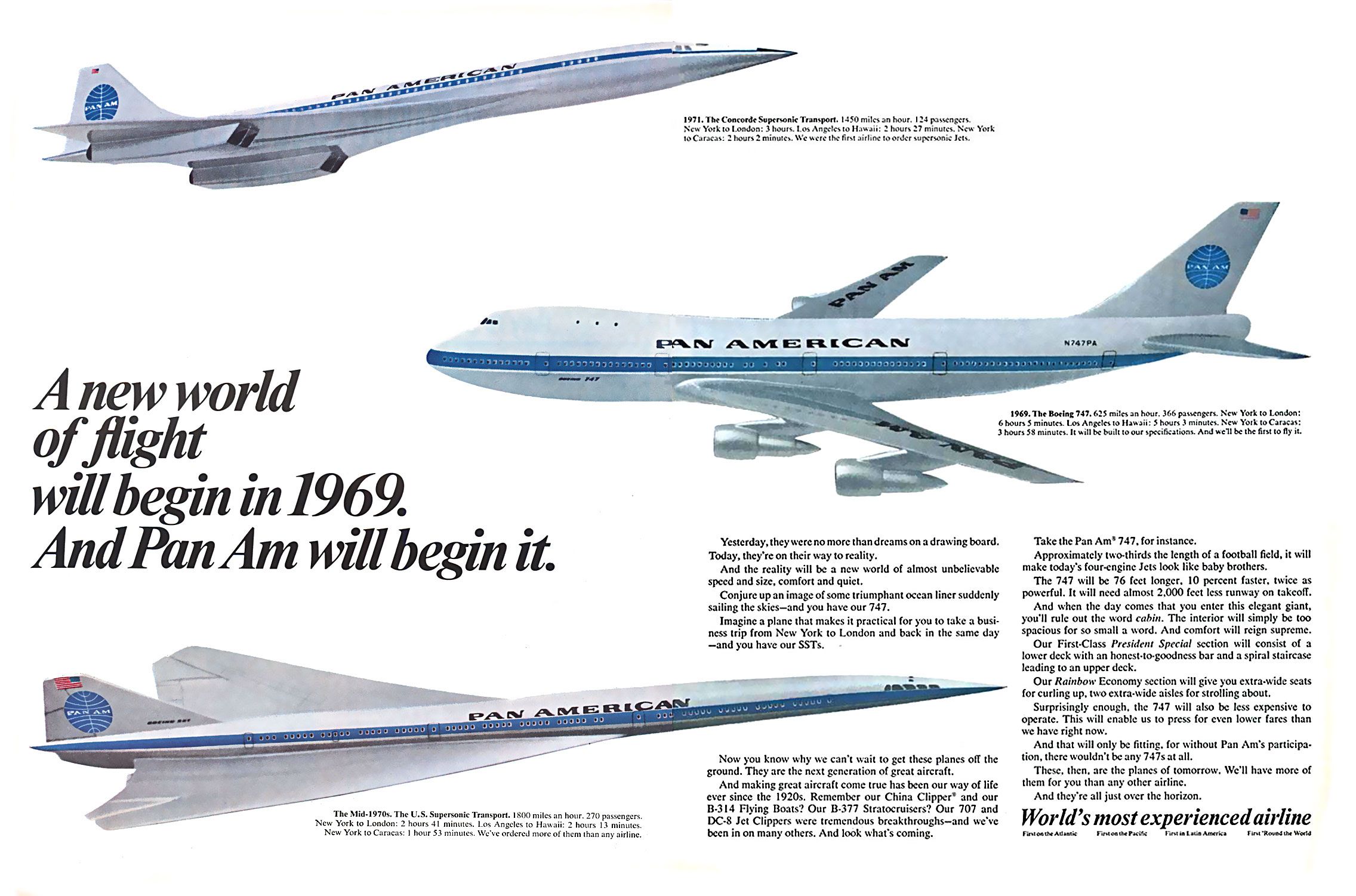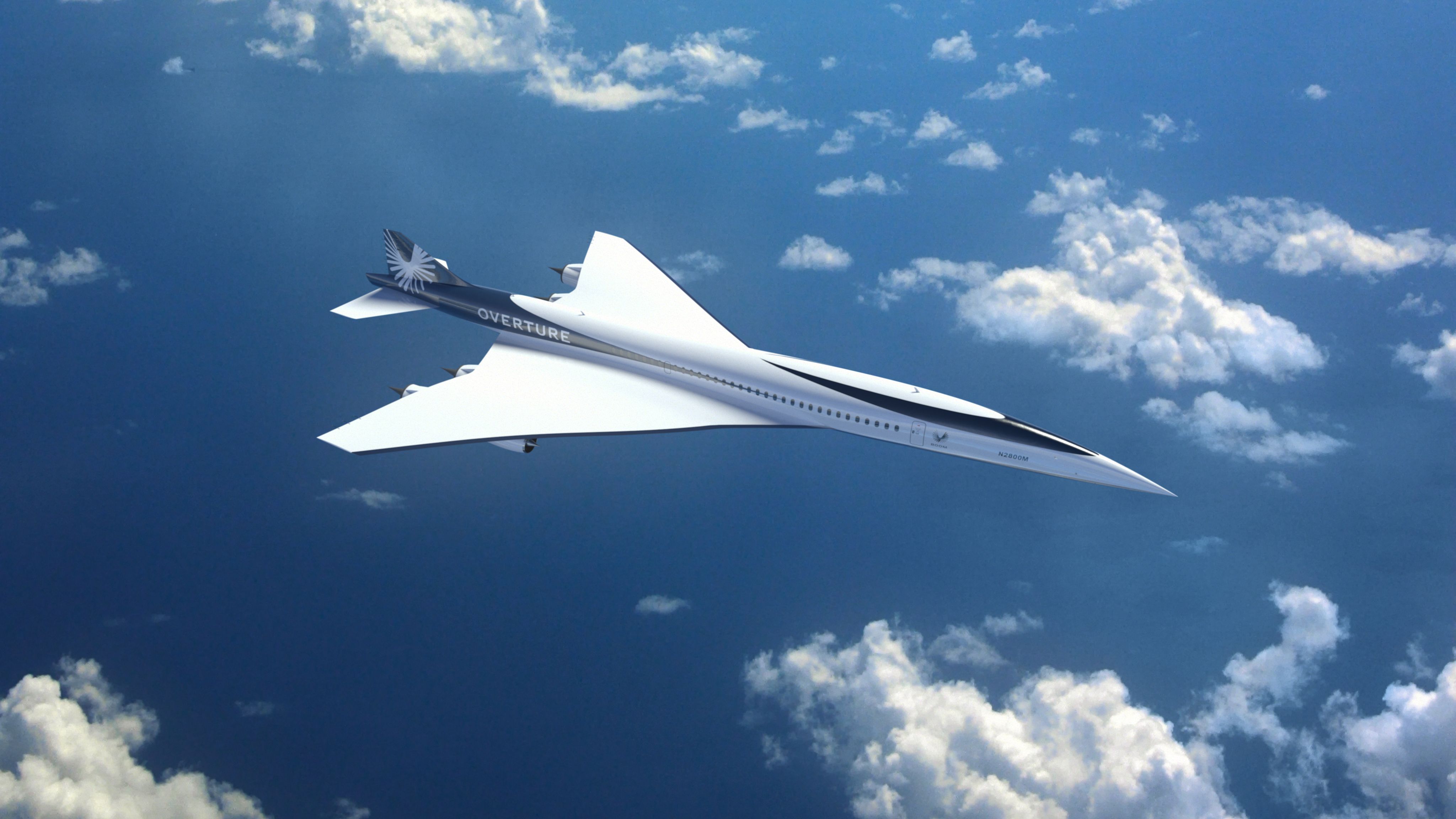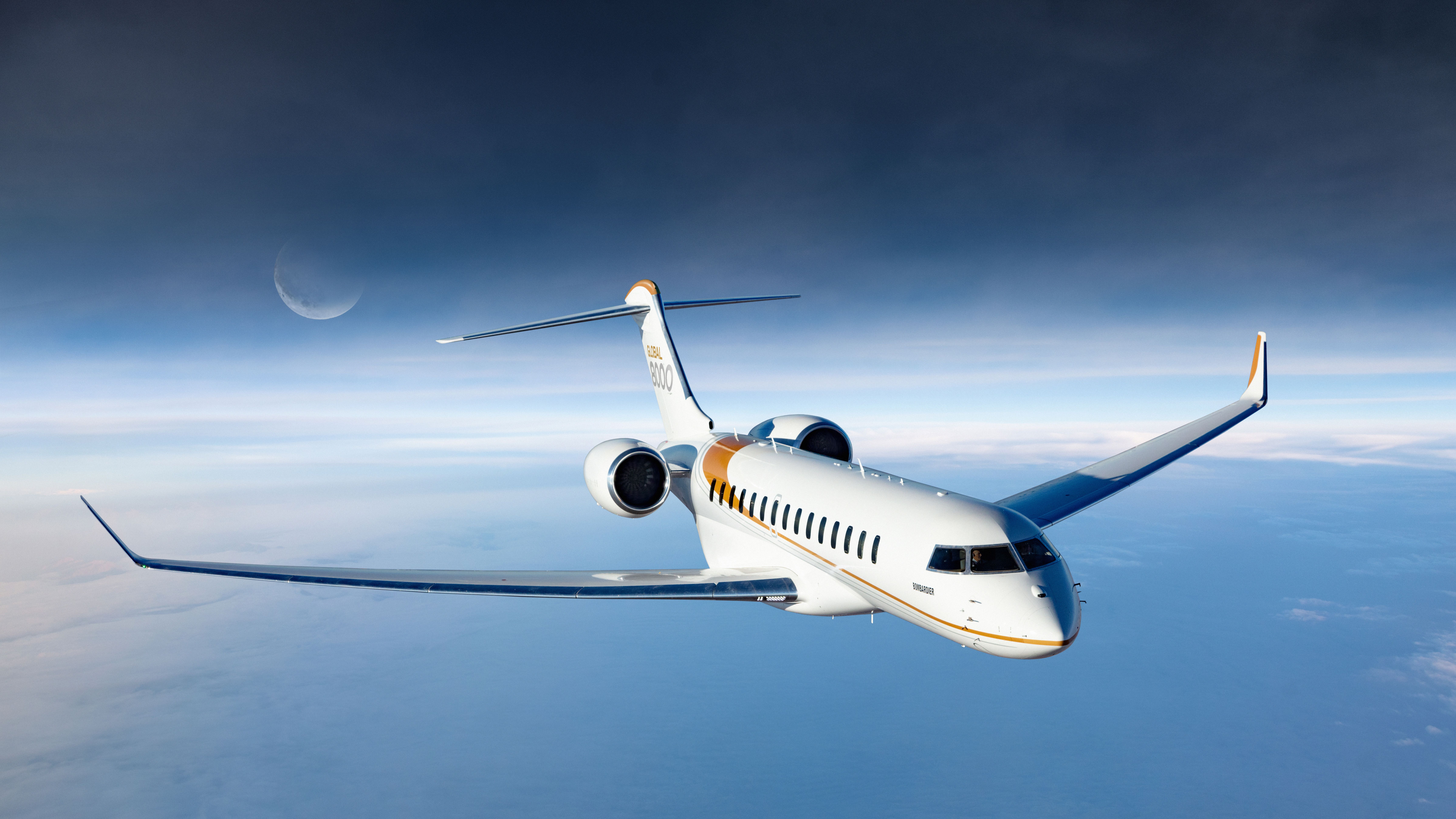Concorde was retired in 2003 after 27 years of operation. It is remembered for its long service with both British Airways and Air France, starting out with great popularity before ticket sales started drying up. Through the program, 18 airlines placed options for Concorde, but all except two canceled them.
Concorde, and the development and future of supersonic flight, could have turned out very differently had more of these orders been realized. Let’s take a look at the airlines that placed and canceled options, and why they did this.
Concorde – a British and French endeavor
Plans for supersonic commercial aircraft emerged in the late 1950s and early 1960s. In the United States, Boeing worked on the 2707, and Lockheed on the L-2000. Russia developed and built the Tupolev Tu-144, first flying just before Concorde.
Concorde was Europe’s contribution – it was developed as part of an international treaty between the British and French governments. The name ‘Concorde’ was, in fact, chosen to represent this cooperation – with the English ‘concord’ and French ‘concorde’ meaning ‘agreement.’
Each of the two governments spent $1.44 billion developing the aircraft, vastly more than original estimates. Although the governments never saw any profit on the program, operating airlines did. Concorde was built by British firm British Aircraft Corporation (later to become BAE Systems) and French firm Sud Aviation (later Aerospatiale). Despite being funded by the two governments, the intention was to sell to airlines worldwide.
Concorde took its first flight on March 2nd, 1969, and entered service in January 1976. Despite plenty of interest from other airlines, aircraft were only ever delivered to British Airways and Air France. Each airline took seven aircraft, and a further six aircraft were developed as prototypes and testing models.
Options (and orders) from 18 airlines
There was no shortage of interest in Concorde, and in all, around 100 options for later purchases were placed by 18 airlines. Only British Airways, Air France, and, interestingly, Iran Air converted these to committed orders.
There were originally two versions of the aircraft – a long-range and a short-range version. There was little interest, however, in the short-range aircraft, and this was ultimately dropped. All orders and options placed were for the long-range version.
Based on data from Heritage Concorde, the following table shows all the airlines and their options or orders:
|
Concorde options |
Date Placed |
Date Cancelled |
|
|
BOAC (then British Airways) |
6 (plus 1 more in 1984) |
June 3rd, 1963 |
|
|
Air France |
6 (plus 1 more in 1980) |
June 3rd 1963 |
|
|
Pan American World Airways |
8 |
6 options June 3rd 1963, plus 2 more July 24th 1966 |
January 31st 1973 |
|
Continental |
3 |
July 24th 1963 |
March 1973 |
|
Trans World Airlines (TWA) |
6 |
4 options on October 16th 1963, 2 more on March 30th 1964 |
February 1973 |
|
American Airlines |
6 |
4 options on October 7th 1963, 2 more on January 16th 1964 |
February 1973 |
|
Middle East Airlines (MEA) |
4 |
2 on December 4th 1963, 2 more on January 16th 1964 |
February / June 1973 |
|
Qantas |
4 |
March 19th 1964 |
2 options canceled in 1966, others 1973 |
|
Air India |
2 |
July 15th 1964 |
February 1975 |
|
Japan Airlines |
3 |
September 30th 1965 |
1973 |
|
Sabena |
2 |
December 1st 1965 |
February 1973 |
|
Eastern Airlines |
6 |
2 on June 28th 1966, August 15th 1966 and April 28th 1967 |
February 1973 |
|
United Airlines |
6 |
June 29th 1966 |
November 1972 |
|
Braniff |
3 |
September 1st 1966 |
February 1973 |
|
Lufthansa |
3 |
February 16th 1967 |
April 1973 |
|
Air Canada |
4 |
March 1st 1967 |
June 1972 |
|
CAAC |
3 |
2 on July 24th 1972, 1 more on August 28th |
December 1979 / February 1980 |
|
Iran Air |
3 (2 orders, 1 option) |
October 8th 1972 |
February 1980 |
Why were these options and orders canceled?
With only 14 aircraft delivered, the program would never be able to recover the massive cost of development. To break even, the consortium required 150 orders. Had more of these orders stuck, perhaps the Concorde program, and the future of supersonic flight, would have proceeded differently.
Why then was Concorde and the dream of supersonic flight not to be for these airlines? Although reasons differed from one airline to another, the overarching issues included:
The increased cost of aircraft
The increasing cost of development meant airlines had to pay more per plane than first touted. Coupled with this, there were uncertainties over the jet’s operating costs and what premium passengers would be prepared to pay. Supersonic flight was new, and increasing costs did not help confidence in its operating possibilities.
In a 1973 report on Pan Am canceling its orders, the New York Times explained this fear well:
“The price has soared from the under‐$20‐million per plane originally estimated until, with spare parts, it is $46‐million in 1972 dollars. Many insiders estimate escalation clauses will bring the price to $60 million.”
Cancellation of the Boeing 2707
The US alternative to the Concorde, the Boeing 2707, was canceled in 1971. This was for various reasons, including rising costs, design difficulties, and environmental pressure.
The aircraft had more options placed than Concorde – at least 122 options from 26 airlines (including several that also placed options for Concorde). Such a high-profile cancellation did nothing to boost confidence in supersonic travel or the Concorde program.
Crash of the Russian Tupolev Tu-144
Unlike the Boeing 2707, the Tupolev Tu-144 was built and entered service. The aircraft had its flaws, including a short range, high fuel consumption, and limited passenger comfort.
Concorde improved on all of these, but it was still affected when a Tu-144 crashed in 1973 while demonstrating at the Paris Air Show. Like the cancelation of the Boeing 2707, this was a significant setback for supersonic travel at a critical time.
Operating issues – noise and environment
The noise and environmental pollution associated with the sonic boom and operation caused many problems for Concorde (just as they were a significant factor in the cancellation of the Boeing 2707).
Photo: Minh K Tran | Shutterstock
Early in the program, airlines had been denied landing slots at New York JFK, and there was increasing concern that territories would ban overland flying. Only operating over-water supersonic flights was a limitation many airlines did not want.
Preference for larger aircraft
Things change quickly in aviation, and the 1970s saw a shift in operating models. Many airlines saw the potential of larger, high-capacity aircraft to reduce costs (and ticket prices), and the appeal of premium travel diminished.
Aircraft such as the Boeing 747 (first flying in 1969) provided a new direction for airlines. Many, including Qantas and several US airlines, embraced the 747 and changed their fleets significantly.
Some specific airline options
Iran Air
One of the most interesting orders was from Iran Air. Out of all the other airlines to demonstrate an interest in the supersonic jet, the Iranian carrier was the closest to becoming a third buyer of Concorde, having paced a confirmed order for two aircraft and one further option.
These orders were placed in October 1972 amidst close ties between the two countries. Several other deals between the countries were placed at the time, and pilots would travel to France for Concorde training. In 1978, the same year that the first aircraft was due to be delivered, Iran had a change of power. Relationships with the West changed, and the order was viewed as a sign of opulence from the previous Shah.
The orders were canceled in 1980, with the oil crisis at this time the final straw. The aircraft moved over to British Airways. The Concorde dream was not dead though for Iran – it did later charter Concorde (on a wet lease deal with Air France) for flights between Paris and Tehran, and Kish Island.
Qantas
Qantas, at one point, had strong ambitions for supersonic flights. It placed options for both the Concorde (four aircraft) and the Boeing 2707 (six aircraft). The 2707 project, of course, was canceled, and in 1973, Qantas finally dropped its Concorde options.
Qantas had more specific issues along with the general problems with supersonic flight faced by all airlines. It planned to operate Concorde from Sydney to London via Singapore; but with only four aircraft, the frequency would be much lower than other services. Would passengers pay a high premium for faster service when it was less frequent and less luxurious than other options? There was also a concern whether Concorde could even operate non-stop to Singapore, being right at the edge of its 4,000-mile range.
Photo: Ryan Fletcher | Shutterstock
It switched instead to the newly developed Boeing 747, opting to follow the model of high capacity and lower fares through scale. This served it well. It operated the 747 right up to 2020 (and in the 1970s, was the world’s only all-747 airline). Instead of the premium option of Concorde, it offered a top first class product, including a Captain Cook-themed lounge on the 747 upper deck.
Pan American World Airways (Pan Am)
There were three original launch customers for Concorde – BOAC (the forerunner of British Airways), Air France, and Pan Am. These three airlines all placed options for six aircraft each, in June 1963.
There was a keen interest in supersonic flight in the US. All the leading US airlines at the time placed options for Concorde. This is despite US manufacturer Boeing having its separate 2707 SST program, although several airlines also ordered this. This apparently caused some concern in the US. President Kennedy said of the Pan Am order:
“This order involves hundreds of millions of dollars in balance of payments, which is going to sabotage a program to put the United States up in the lead in the 70s.”
Pan Am placed options for six aircraft in 1963 (three from Aerospatiale and three from BAC). It went on to add two more options (one from each manufacturer) in 1966. However, the carrier canceled all its options in January 1973 – according to a contemporary New York Times article, its main problem was with the economics of operating Concorde. The increasing cost of the aircraft, coupled with rising oil prices, left it uncomfortable about the fares that would have to be charged.
The cancellation from one of the launch customers and a major US airline was not good news for the program. Manufacturers knew this and had tried hard to persuade Pan Am to stick with Concorde. In the months following Pan Am’s order cancellation, all other US-based airlines canceled their options. This included Continental, American Airlines, TWA and Braniff. United Airlines and Air Canada had already canceled.
Braniff International Airways
Braniff International Airways was a large US operator, flying domestically as well as within the Americas and (after 1970) to Europe and Asia. It ceased operations in 1982 amidst rising oil prices and growing competition after the deregulation in the US. The airline placed options for three Concordes in 1966, but (along with all other US airlines) canceled these in 1973. It did, however, go on to operate Concorde domestically in the US, the only airline ever to do so.
Six years after canceling its Concorde options, in 1979, the airline was expanding and wanted to return to this prestigious idea to operate Concorde. The solution was an interchange arrangement with British Airways and Air France. Braniff operated Concorde domestically between Dallas Fort Worth and Washington Dulles airports (subsonic), with British Airways or Air France crews operating the transatlantic sector.
Braniff crews were trained on Concorde (but British Airways still had a cockpit crew onboard as observers, for insurance purposes). US law also required the aircraft’s registration numbers to be changed for domestic flights. The cooperation, however, only lasted around one year.
Civil Aviation Administration of China
According to an Asia Times report, another interesting option came from China, via the Civil Aviation Administration of China (CAAC). It placed two options in July 1972 and one more in August. It held out longer than most other airlines and did not cancel its last option until February 1980.
This would have been an interesting move, had it gone forward. Chinese aviation at the time was very limited, and the country was looking to introduce more long-haul and international routes. Concorde would have served premium routes, while also acting as a VIP transport for Chinese leaders. Officials were apparently impressed with the design and aerodynamics.
Political and economic troubles finished off China’s Concorde ambitions – the CAAC was unable to make down payments to convert options to orders, and canceled options in late 1979 and early 1980.
Future of supersonic flight
With the Concorde program costing so much, the future was bleak for further supersonic developments. Concorde, of course, remained in service until 2003 and was, for some time, profitable to operate. There has been little appetite, however, for further development, both during Concorde’s service and after.
Photo: Boom Supersonic
That may change in the coming years. Boom is currently developing the ‘Boom Overture’ – a Mach 2.2 aircraft seating 55 passengers. In June 2023, Boom announced key supplier and engine details about the jet, while its XB-1 prototype successfully passed an FAA inspection and received experimental certification in August, edging closer towards flight. As of October 2023, the Overture has attracted over 30 firm orders and 170 options, including deals with American Airlines and United Airlines.
Photo: Bombardier
Supersonic capability will also be coming to private jet travel with Bombardier’s Global 8000 on course for a 2025 entry-to-service date. The 19-seater luxury jet hit speeds of Mach 1.015 during testing, but will have a cruising speed of around Mach 0.92.
What are your thoughts on the Concorde? Why do you think so many airlines failed to commit to their orders? Let us know in the comments.
Source: Heritage Concorde, Asia Times, New York Times

